What Is Security Monitoring? Importance and Tools

In the digital age, where cyber threats are becoming more sophisticated and pervasive, the role of security monitoring in an organization's cybersecurity strategy cannot be overstated. Security monitoring is a critical component that helps organizations detect, analyze, and respond to potential security threats before they cause significant harm. This comprehensive overview dives into the definition, importance, and essential security monitoring tools, along with their pivotal role in safeguarding organizations.
Definition and Importance of Security Monitoring
Security monitoring involves the continuous collection, analysis, and escalation of various indicators and warnings to identify and manage potential security threats or vulnerabilities. It is a proactive measure that enables businesses to stay one step ahead of cybercriminals by detecting anomalous activities that could indicate a security breach or cyberattack.
The importance of security monitoring lies in its capacity to provide real-time visibility into an organization's security posture. By continuously monitoring and analyzing data from various sources within the IT environment, organizations can detect potential security incidents early, thereby minimizing the risk of data loss, financial damage, and reputational harm.

Role of Security Monitoring in Protecting Organizations

Security monitoring is vital in protecting organizations by offering a holistic view of their security landscape. It enables IT security teams to:
- Detect and Respond to Threats: Quickly identify and mitigate threats before they escalate into serious breaches.
- Compliance and Regulatory Adherence: Ensure that the organization meets legal and regulatory requirements by monitoring for compliance-related anomalies.
- Operational Efficiency: Improve the efficiency of security operations through automated monitoring and analysis, allowing security teams to focus on strategic tasks.
Key Objectives and Benefits of Security Monitoring
The primary objectives of security monitoring include the early detection of unauthorized access or malicious activities and reducing Security Breaches, ensuring the integrity and confidentiality of data, and maintaining the availability of IT services. The benefits extend far beyond mere threat detection:
- Enhanced Security Posture: By continuously monitoring threats, organizations can strengthen their defenses against potential attacks.
- Reduced Incident Response Time: Rapid detection of anomalies allows for quicker response, reducing the impact of security incidents.
- Increased Operational Efficiency: Automated tools and processes streamline the detection and response to security events, freeing valuable resources.
- Compliance and Regulatory Fulfillment: Helps organizations adhere to industry standards and regulatory requirements by providing evidence of continuous monitoring and protection efforts.
Intrusion Detection and Security Monitoring
Intrusion Detection Systems (IDS) are a cornerstone of effective security monitoring. These systems scrutinize network traffic and system activities for signs of malicious actions or policy violations. IDS can be categorized into Network-based (NIDS) and Host-based (HIDS), each serving different but complementary roles in the security monitoring ecosystem. By alerting security personnel to potential threats, IDS enables organizations to respond swiftly to mitigate risks, thereby playing a crucial role in the broader security monitoring strategy.
Primary Types of Security Monitoring
In the vast and intricate cybersecurity landscape, security monitoring is a sentinel against the ever-evolving threats that organizations face daily. It encompasses a variety of strategies and tools designed to detect, analyze, and respond to potential security incidents. Understanding the primary types of security monitoring is crucial for developing a comprehensive security posture that protects against a wide range of cyber threats. Below, we delve into the main categories of security monitoring, each serving a unique role in the overarching cybersecurity framework.
Network Security Monitoring
Network Security Monitoring (NSM) is the process of analyzing network traffic to identify suspicious activities and potential threats. By continuously monitoring inbound and outbound traffic, organizations can detect anomalies that may indicate a security breach, such as unusual data flows or unauthorized access attempts. NSM tools provide real-time visibility into network operations, enabling security teams to swiftly identify and mitigate threats before they can escalate into serious incidents.
Endpoint Security Monitoring
With the proliferation of devices connecting to corporate networks, including laptops, smartphones, and IoT devices, endpoint security monitoring has become indispensable. This form of monitoring focuses on the devices themselves, detecting and responding to malware infections, unauthorized changes, and other security threats at the device level. By ensuring that each endpoint adheres to security policies and is free from vulnerabilities, organizations can significantly reduce their attack surface.
Application Security Monitoring
Applications are often the lifeblood of an organization, but they can also be prime targets for attackers. Application security monitoring involves scrutinizing applications for unusual behavior that could indicate a compromise, such as unexpected data access patterns or changes in user behavior. This type of monitoring helps ensure that applications, whether developed in-house or acquired from third parties, remain secure throughout their lifecycle, from development through deployment and maintenance.
Database Security Monitoring
Databases holding the valuable data that cybercriminals seek require stringent security measures. Database security monitoring focuses on protecting these critical assets by tracking access and changes to the data. It involves monitoring for unauthorized access attempts, privilege escalations, and other activities that could signal a data breach. This proactive approach helps safeguard sensitive information from both internal and external threats.

Log Monitoring and Management
Logs, generated by various systems, devices, and applications, are a goldmine of information for security monitoring. Log monitoring and management involve collecting, analyzing, and storing logs to identify trends, detect anomalies, and investigate security incidents. By correlating data from multiple sources, organizations can gain a holistic view of their security posture, making it easier to pinpoint and address potential vulnerabilities.
Cloud Security Monitoring
As more organizations migrate to cloud-based services, the need for cloud security monitoring has become increasingly apparent. This type of monitoring addresses the unique challenges of cloud computing, such as multi-tenancy, dynamic resource allocation, and the shared responsibility model. Cloud security monitoring tools provide visibility into cloud environments, enabling organizations to detect unauthorized access, misconfigurations, and other security issues in their cloud deployments.
Identity and Access Monitoring
Identity and access monitoring is critical for ensuring that only authorized individuals can access sensitive systems and data. This involves monitoring user activities and access patterns to detect anomalies indicating a compromised account or insider threat. By implementing robust authentication mechanisms and monitoring user behavior, organizations can prevent unauthorized access and mitigate the risk of data breaches.
Compliance Monitoring
With the growing number of regulatory requirements concerning data protection and privacy, compliance monitoring has become a key component of security monitoring. This type of monitoring ensures that organizations adhere to industry standards and regulatory frameworks, such as GDPR, HIPAA, and PCI DSS. By continuously monitoring compliance status, organizations can avoid costly fines and reputational damage associated with non-compliance.
Vulnerability and Patch Management
Vulnerability and patch management are essential aspects of security monitoring, focusing on identifying, assessing, and mitigating vulnerabilities in software and systems. By regularly scanning for vulnerabilities and applying necessary patches, organizations can protect themselves against exploitation by cybercriminals. Effective vulnerability management reduces the window of opportunity for attackers, thereby enhancing the overall security of the organization.
Each type of security monitoring plays a crucial role in an organization's comprehensive security strategy. By implementing a multi-faceted approach that includes network, endpoint, application, database, log, cloud, identity and access, compliance, vulnerability, and patch management, organizations can ensure robust protection against a wide array of cyber threats.
Importance of Security Monitoring in the Evolving Security Landscape
As the digital landscape continues to evolve, the importance of security monitoring in safeguarding an organization's assets cannot be overstated. The advent of sophisticated cyber threats, coupled with the increasing reliance on digital platforms, has made it imperative for businesses to adopt robust security monitoring practices. This section explores how security monitoring is pivotal in the current security landscape, offering insights into its benefits and the crucial role it plays in maintaining the integrity, availability, and confidentiality of organizational data.

How Can Cyber Security Monitoring Help Your Business?
Cybersecurity monitoring offers a multitude of benefits that go beyond mere detection of threats. It provides a comprehensive view of an organization's security posture, enabling businesses to make informed decisions and allocate resources more effectively. By continuously monitoring for suspicious activities, organizations can identify potential threats early, reducing the likelihood of successful attacks. This proactive approach allows businesses to maintain operational continuity, protect sensitive data, and uphold their reputation among customers and stakeholders.
Responding to Security Threats
In the face of a security threat, time is of the essence. Security monitoring equips organizations with the tools and information necessary to respond swiftly and effectively to potential incidents. By continuously analyzing data from various sources, security teams can detect anomalies that may signify a breach or an attempted attack, enabling them to initiate response protocols promptly. This rapid response capability minimizes the impact of security incidents, protecting the organization and its customers from potential harm.
Reduce Data Breach
Data breaches can have devastating consequences, including financial losses, reputational damage, and legal repercussions. Security monitoring plays a critical role in reducing the risk of data breaches by identifying vulnerabilities and threats before they can be exploited. Through continuous monitoring of networks, systems, and applications, organizations can detect and address security gaps, thereby preventing unauthorized access to sensitive information.
It Helps Avoid Delays
Security incidents can cause significant operational delays, disrupt business processes, and lose revenue. By implementing effective security monitoring, organizations can avoid the downtime associated with security breaches. Continuous monitoring and real-time alerting enable businesses to address threats promptly, ensuring that operations continue smoothly without unnecessary interruptions.
Be Less Security Vulnerable
Security monitoring helps organizations identify and remediate vulnerabilities before attackers can exploit them. By continuously scanning for weaknesses and implementing timely patches and updates, businesses can significantly reduce their security vulnerabilities. This proactive stance not only protects against external threats but also strengthens the organization's overall security posture. Additionally, adopting the mindset that a security breach is inevitable is more pragmatic than believing it's possible to prevent all unauthorized access. Prioritizing rapid recovery strategies is, in fact, the most effective approach.
It Helps You Comply with Regulations
Compliance with regulatory requirements is a key consideration for many organizations. Security monitoring supports compliance efforts by providing evidence of due diligence and adherence to security best practices. By documenting security incidents and demonstrating an ongoing commitment to security monitoring, businesses can satisfy regulatory demands and avoid penalties associated with non-compliance.
Reduces Downtime
Downtime can significantly impact an organization's operational efficiency, customer satisfaction, and revenue. Security incidents are a common cause of unplanned downtime, as they can disrupt business processes and require time-consuming remediation efforts. Security monitoring minimizes the risk of downtime by providing real-time alerts and insights into potential threats, enabling organizations to proactively address vulnerabilities and respond swiftly to incidents. By making systems resilient and secure, ensuring they are backed up, thoroughly tested, and swiftly recoverable, businesses can maintain continuous operations and avoid the costs associated with downtime.
It Prevents Unauthorized Access
Unauthorized access to corporate networks and sensitive data can lead to data breaches, intellectual property theft, and compliance violations. Security monitoring prevents unauthorized access by continuously overseeing user activities and access patterns. Advanced monitoring solutions can detect anomalous behavior that may indicate a compromised account or insider threat, enabling security teams to take immediate action. By implementing stringent access controls and monitoring for compliance, organizations can significantly enhance their security posture and protect their assets from unauthorized users.
It Helps Maintain Company Stability
The stability of a company is closely tied to its ability to manage and mitigate risks. Security monitoring contributes to this stability by providing a comprehensive view of the organization's security landscape, identifying potential threats, and facilitating informed decision-making. By addressing security concerns proactively, businesses can avoid the turbulence associated with security incidents, such as financial losses, reputational damage, and legal challenges. At RedZone Technologies our goal is to help out with defense so you can focus on offense meaning that maintaining a stable and secure environment is essential for long-term success and growth.
Increase Productivity of the Employee
Security incidents can divert resources from core business activities, decreasing productivity. Employees may be forced to deal with the aftermath of attacks, such as data loss or system unavailability, rather than focusing on their primary responsibilities. Security monitoring helps to alleviate these disruptions by ensuring that systems are secure and available, allowing employees to work efficiently without interruption. Furthermore, by fostering a secure working environment, organizations can enhance employee morale and reduce the stress associated with potential security threats.
Great Security Helps with Scalability and Win Contracts
A robust security posture is not only a defensive measure but also a competitive advantage. For businesses looking to scale, demonstrating a commitment to security can be a key differentiator. Security monitoring ensures that as an organization grows, its security measures scale accordingly, protecting against the increased risk exposure that comes with expansion. Additionally, in industries where security is a critical concern, demonstrating comprehensive security monitoring capabilities can be a decisive factor in winning contracts. Clients and partners are more likely to trust and engage with organizations prioritizing security, viewing it as an indicator of reliability and professionalism.
Implementing a Cybersecurity Monitoring Program
In today’s fast-evolving threat landscape, implementing a cybersecurity monitoring program is not just beneficial; it's a necessity for businesses aiming to protect their digital assets and maintain operational integrity. A well-structured cybersecurity monitoring program can provide the visibility and control needed to detect and respond to threats in real time, thereby significantly reducing the risk of a security breach. Here’s a step-by-step guide to establishing a comprehensive cybersecurity monitoring program for your organization.
Identify the Data You Want to Protect
The first step in creating a cybersecurity monitoring program is to identify the critical data that needs protection. This includes personal information of employees and customers, financial records, intellectual property, and any other data that is crucial for your business operations. Understanding what data is most valuable and vulnerable is essential to prioritizing security efforts and resources effectively.
Implement the Right Tools and Software Solutions, i.e., SIEM, IDS, EDR.
Choosing and implementing the right security tools and software solutions is crucial for an effective monitoring program. Solutions such as Security Information and Event Management (SIEM), Intrusion Detection Systems (IDS), and Endpoint Detection and Response (EDR) platforms play pivotal roles. SIEM tools aggregate and analyze log data from across the organization to identify potential security incidents. IDS monitors network traffic for suspicious activity, and EDR solutions focus on detecting and investigating endpoint threats. Together, these tools provide a layered defense strategy that enhances the detection and response capabilities of an organization.
Hire Trained Experts and Train Employees
Having a team of trained cybersecurity experts is crucial for the effective monitoring and management of your security infrastructure. These professionals possess the skills and knowledge needed to analyze security alerts, manage security tools, and respond to incidents. Additionally, training employees on basic cybersecurity principles and awareness is equally important. Employees often serve as the first line of defense against cyber threats; thus, educating them on recognizing phishing and smishing attempts and following best security practices is essential.
Employ a Managed Security Service Provider (MSSP)
For many organizations, especially small to medium-sized enterprises, that may not have the resources to staff a full-time security operations center (SOC), employing a Managed Security Service Provider (MSSP) can be a game-changer. MSSPs offer outsourced monitoring and management of security devices and systems. By leveraging the expertise and capabilities of an MSSP, businesses can benefit from advanced security measures without the significant investment in infrastructure and personnel.
Identify Assets and Events That Need to Be Logged and Monitored
An effective cybersecurity monitoring program requires a clear understanding of which assets (such as servers, workstations, and network devices) and events (such as login attempts, file access, and network connections) must be continuously logged and monitored. This step involves mapping out the IT environment and defining the scope of monitoring to ensure comprehensive coverage of all critical assets and activities.
Establish an Active Monitoring, Alerting, and Incident Response Plan
Active monitoring and real-time alerting are the heartbeats of a cybersecurity monitoring program. Establishing protocols for ongoing surveillance of system and network activities ensures that potential threats are detected promptly. Alongside, an incident response plan should be developed and regularly updated, detailing the steps to be taken for a security breach. This plan should include roles and responsibilities, communication strategies, and recovery procedures to ensure a coordinated and efficient incident response.

Hire an MSP to Manage the MSSP
For organizations looking to maximize their cybersecurity capabilities, hiring a Managed Service Provider (MSP) to manage an MSSP offers a strategic advantage. This approach allows businesses to benefit from the specialized security expertise of an MSSP while retaining the oversight and integration services of an MSP. This can be particularly effective for ensuring that cybersecurity monitoring and management are seamlessly integrated with broader IT operations and strategy.
Implementing a cybersecurity monitoring program is a critical step toward safeguarding an organization’s digital assets against the increasingly sophisticated threats of the digital age. By following these steps, businesses can establish a robust security posture that not only detects and responds to threats in real time but also supports the overall strategic objectives of the organization.
What are the Challenges in Implementing Cybersecurity Monitoring?
While the benefits of cybersecurity monitoring are clear, organizations often face several challenges in implementing an effective monitoring program. These challenges can range from the need for continuous, round-the-clock monitoring to the specific hurdles faced by small to medium enterprises (SMEs) with limited resources.
Round-the-Clock Cyber Monitoring
Cyber threats do not adhere to a 9-to-5 schedule; they can occur anytime, day or night. Implementing continuous, 24/7 cybersecurity monitoring can be a daunting task for many organizations, requiring significant resources and expertise. This relentless need for vigilance is one of the primary challenges in maintaining an effective cybersecurity posture.
Challenges for Small to Medium Enterprises
SMEs, in particular, may struggle with implementing comprehensive cybersecurity monitoring due to limited budgets, expertise, and technological infrastructure. These constraints can make it difficult for SMEs to deploy advanced monitoring tools and hire specialized security personnel, leaving them more vulnerable to cyber threats.
Additionally, maintaining a Security Operations Center (SOC) requires a team of 4-5 individuals solely to ensure continuous coverage across all shifts, including days, nights, holidays, vacations, and periods of illness.
How RedZone Technologies Can Help
RedZone Technologies stands at the forefront of cybersecurity innovation, offering bespoke solutions that cater to the intricate and varied requirements of modern organizations. Our commitment to excellence in cybersecurity is evident in our comprehensive suite of services and products designed to fortify your organization against the increasingly sophisticated array of cyber threats. Here's how RedZone Technologies can assist your organization in navigating the complexities of cybersecurity monitoring and ensuring a robust defense mechanism is in place.
Tailored Cybersecurity Solutions
Understanding that each organization has unique challenges, risks, and compliance requirements, RedZone Technologies offers customized cybersecurity solutions. Our approach begins with thoroughly assessing your organization's current security posture, identifying vulnerabilities, and understanding your specific security needs. This enables us to design a tailored cybersecurity strategy that aligns with your business objectives, operational framework, and risk tolerance levels.
Virtual Security Operations
Our Virtual Security Operations (VSO) service provides organizations access to advanced security operations capabilities without requiring substantial in-house investment in technology and specialized personnel. The VSO service includes continuous monitoring of your digital environment, detection of potential threats, and rapid response to incidents. By leveraging our VSO, your organization benefits from the expertise and technology of a leading cybersecurity operations center, ensuring your assets are protected around the clock.
Specialized Security Products
RedZone Technologies offers a range of specialized security products that cater to various aspects of cybersecurity, from threat detection and prevention to compliance and risk management. These products result from extensive research and development, incorporating the latest technologies and cybersecurity methodologies. Whether you need advanced endpoint protection, network security monitoring, or compliance management solutions, our products are designed to provide superior protection and peace of mind.
Comprehensive Support
Our commitment to your organization's security extends beyond providing tools and solutions. RedZone Technologies offers comprehensive support throughout the lifecycle of your cybersecurity program. This includes ongoing assessments to adapt to the evolving threat landscape, continuous improvement of security measures, and expert guidance on best practices and compliance requirements. Our team of cybersecurity professionals is dedicated to ensuring that your organization remains resilient in the face of cyber threats.
Conclusion
Implementing a cybersecurity monitoring program is a complex but essential endeavor for modern organizations. Despite the challenges, the benefits of enhanced security, compliance, and operational continuity make it a worthwhile investment. Partnering with a Managed Service Provider (MSP), such as RedZone Technologies, can provide the expertise and support needed to navigate the intricacies of cybersecurity monitoring effectively.
It is crucial to have an MSP partner when choosing a security monitoring solution. An experienced MSP can offer the strategic guidance and technical support necessary to implement a comprehensive and effective cybersecurity monitoring program, ensuring the protection of your organization's digital assets against the ever-evolving landscape of cyber threats. Our Resources include whitepapers, case studies, blogs, and webinars that cover a wide range of cybersecurity topics. For more information on securing your organization's future with proactive cybersecurity measures, contact us today.
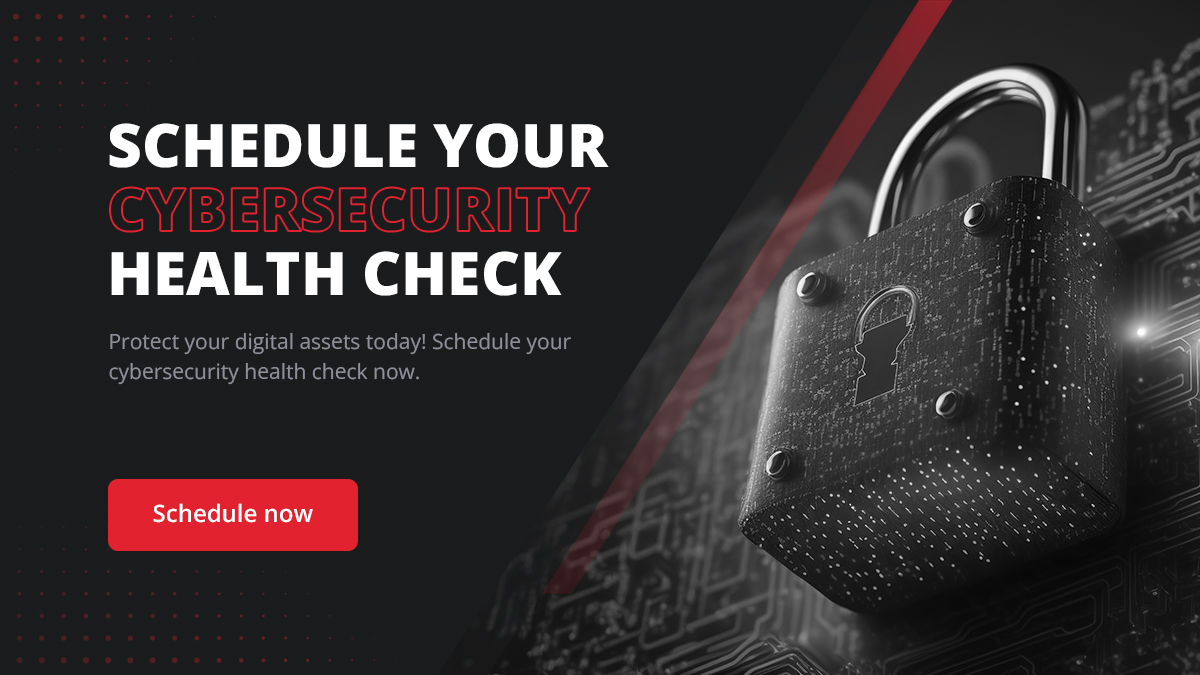
FAQs
How Does Security Monitoring Differ from Traditional Security Measures?
Security monitoring represents a proactive, continuous approach to identifying and mitigating cyber threats, setting it apart from traditional security measures that often focus on perimeter defense. Traditional measures, such as firewalls and antivirus software, act as barriers to prevent unauthorized access. While essential, these measures alone cannot fully protect against sophisticated cyber attacks that may bypass initial defenses or originate from inside the network. Security monitoring adds a dynamic layer of defense by constantly analyzing network behavior, user activities, and system logs to detect anomalies that indicate potential security threats, enabling real-time response and mitigation.
Can SMEs Benefit from Security Monitoring?
Absolutely. Small to Medium Enterprises (SMEs) are increasingly targeted by cybercriminals, often due to the perception that they have less sophisticated security measures than larger organizations. Security monitoring can level the playing field for SMEs by providing them with the capability to detect and respond to threats in real time, safeguarding their assets, customer data, and reputation. Additionally, security monitoring can help SMEs comply with regulatory requirements and industry standards, which is crucial for maintaining customer trust and avoiding potential fines for data breaches.
Can Small to Medium Enterprises (SMEs) Afford Cybersecurity Monitoring?
Cybersecurity monitoring is increasingly accessible for SMEs, thanks to a variety of solutions that cater to different budgets and security needs. While implementing a comprehensive monitoring solution may seem cost-prohibitive, the expense must be weighed against the potential cost of a cyber attack, which can be significantly higher in terms of financial loss, reputational damage, and regulatory penalties. Many providers offer scalable solutions and managed services that allow SMEs to benefit from advanced monitoring technologies without the need for significant upfront investments in hardware and specialized personnel. By partnering with Managed Security Service Providers (MSSPs), SMEs can obtain cost-effective, tailored security monitoring services that fit their budget and security requirements.
How Does Cloud Computing Affect Cyber Security Monitoring?
Cloud computing introduces unique challenges and opportunities for cybersecurity monitoring. The dynamic and distributed nature of cloud environments can complicate visibility and control over data and resources, making traditional monitoring tools and approaches less effective. However, cloud computing also offers advanced tools and services designed for monitoring cloud-native architectures, including integrated security features provided by cloud service providers (CSPs) and third-party security solutions optimized for cloud environments.
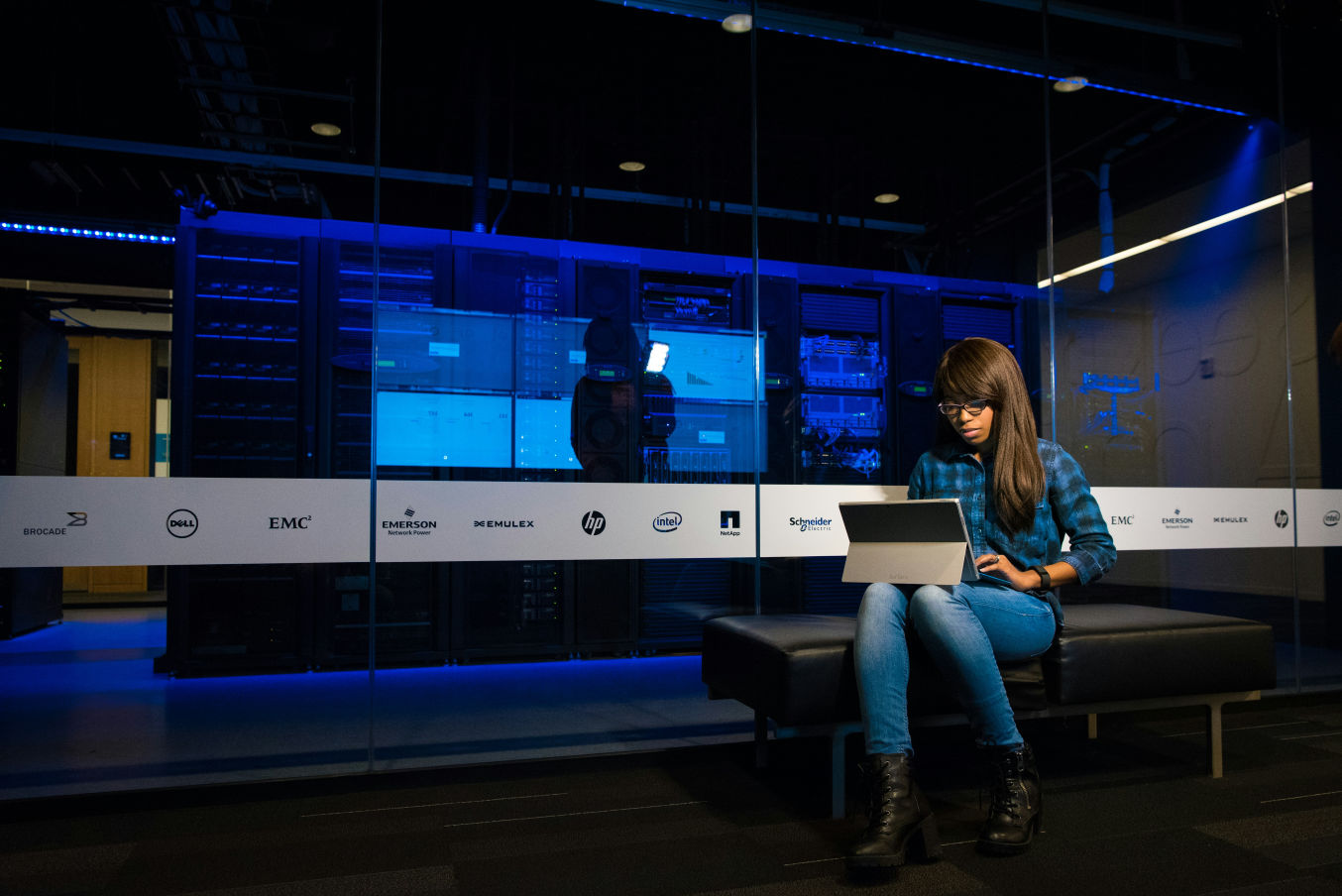 Security Updates
Security UpdatesUnderstanding IT Compliance: Scope, Benefits, and Challenges
Discover what IT compliance is, its importance, benefits, risks of non-compliance, frameworks, and how to achieve robust IT compliance in your organization.
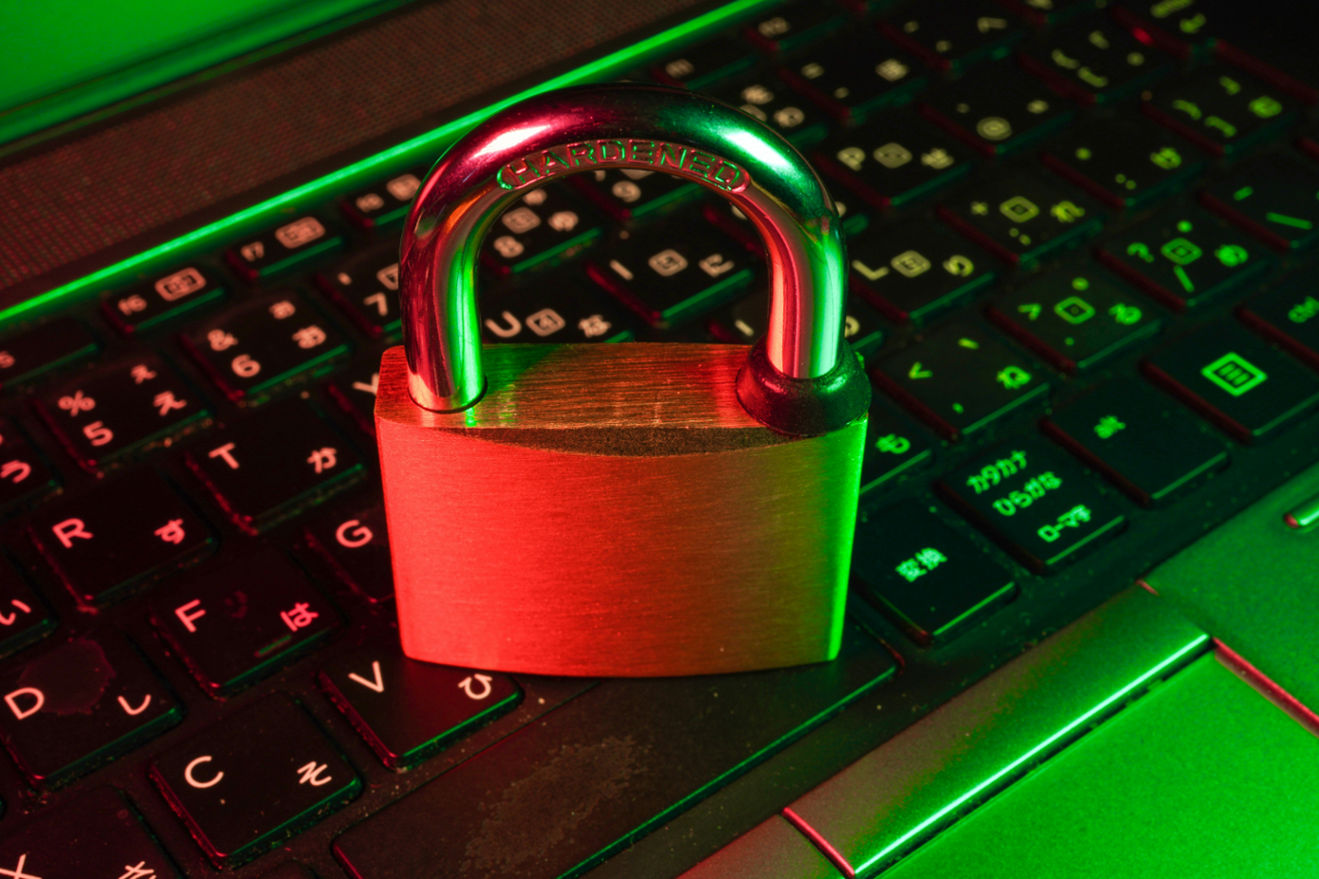 Security Updates
Security UpdatesImplement Secure Browsing with Powerful SSL Decryption
Explore the essentials of SSL decryption, its importance, challenges, and best practices for enhancing security and compliance for business in a detailed guide
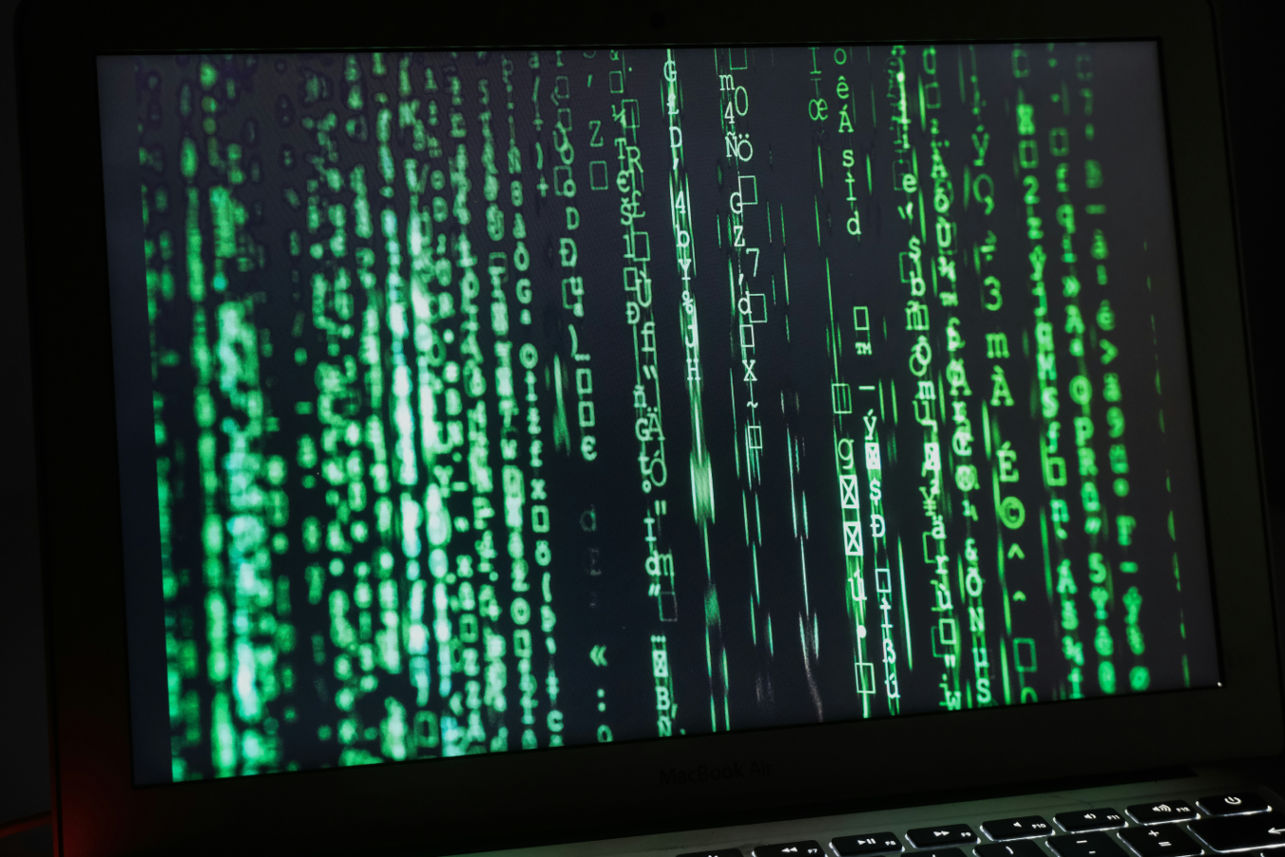 Security Updates
Security UpdatesTransitioning from Proxy Firewalls to Endpoint Security
Explore the evolution from proxy firewalls to endpoint security, enhanced threat detection, data encryption, and comprehensive protection for modern networks.
 Security Updates
Security UpdatesExpert IT Risk Assessment: Protect Your Business Today!
Mitigate potential IT threats with our comprehensive risk assessment guide, ensuring your digital infrastructure. Ensure your business is secure an...
 Security Updates
Security UpdatesEssential Guide to Best Practices in Compliance Security
Explore essential strategies for compliance security in this comprehensive guide. Learn about safeguarding your business and meeting regulatory sta...
 Security Updates
Security UpdatesSecure Your Data with Expert Cloud Database Solutions
Learn efficient solutions and secure your cloud databases with encryption and compliance features, ensuring data safety and privacy across all plat...
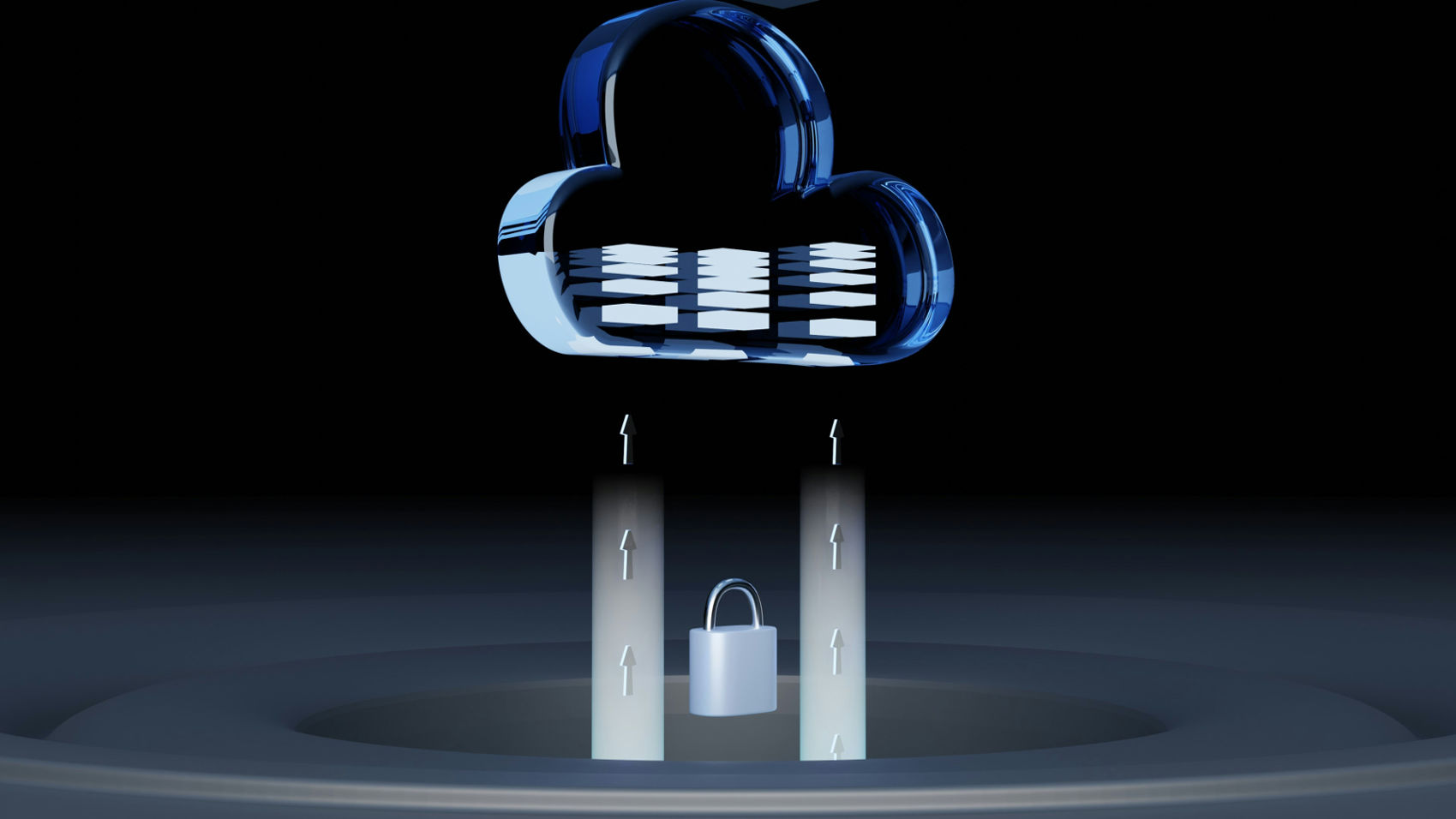 Security Updates
Security UpdatesA Guide to Cloud Network Technology: Benefits and Types
Unlock the potential of cloud network technology for seamless connectivity. Learn and scale solutions that drive business innovation and growth via...
 Security Updates
Security UpdatesAffordable Managed IT Services for Small Businesses
Explore top-managed IT services for small businesses to boost efficiency and security. Get expert insights and practical tips to optimize your IT o...
 Security Updates
Security UpdatesSecure Your Network with Gateway Security Solutions
Explore the essentials of gateway security: learn about its importance for network protection and best practices to safeguard your digital assets e...
 Security Updates
Security UpdatesDisaster Recovery Testing: Ensure Business Continuity
Explore effective disaster recovery testing strategies in this guide to maintain business continuity, prevent data loss, and minimize downtime duri...
 Security Updates
Security UpdatesMaximizing Security: Vulnerability Management Lifecycle
Explore the complete guide to the Vulnerability Management Lifecycle to boost your cyber resilience and secure your business IT infrastructure effe...
 Security Updates
Security UpdatesYour Network with Endpoint Security Management
Explore our comprehensive guide on Endpoint Security Management to understand its importance, how it works, and best practices for robust network s...
 Security Updates
Security UpdatesEnsuring Security Compliance: Tips, Insights & Strategies
Discover the essentials of security compliance, its importance, frameworks, and tools. Learn how to protect data and meet regulatory standards effe...
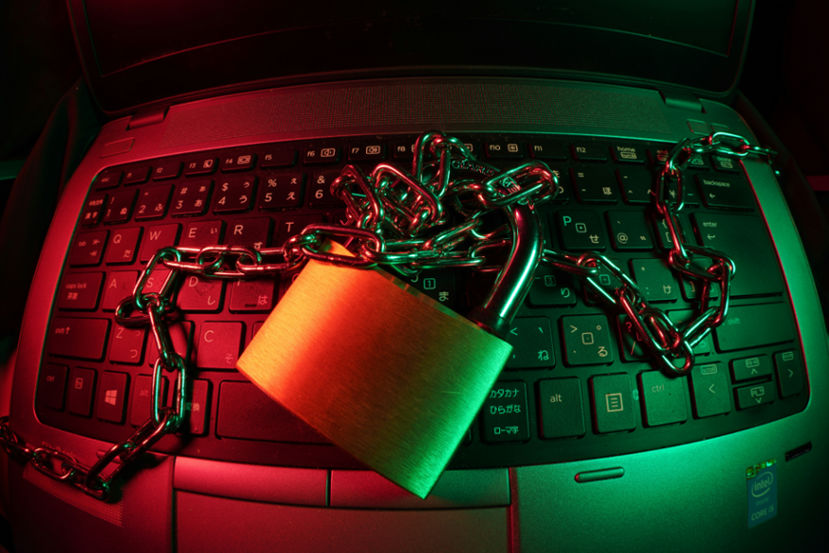 Security Updates
Security UpdatesBoost Your Security with Internal Penetration Testing
Dive into internal penetration testing with our in-depth guide. Learn the essentials, techniques, and best practices to fortify your cybersecurity ...
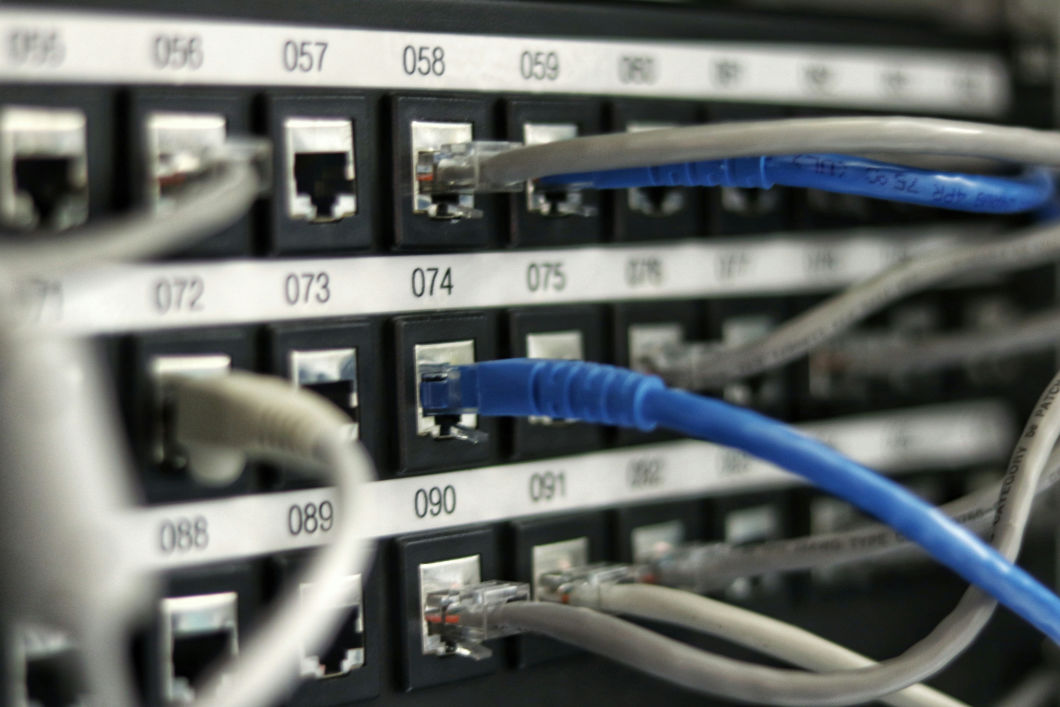 Security Updates
Security UpdatesEgress vs Ingress: A Guide to Data Traffic Management
Understand Egress vs Ingress in data management. Learn and explore their roles, traffic analysis, risks, and best practices for network and cloud s...
 Security Updates
Security UpdatesPrevent Credential Harvesting to Protect Your Precious Data
Understand credential harvesting. Learn how it works, common techniques, its impact, and strategies to prevent and mitigate attacks to secure your ...
 Security Updates
Security UpdatesSecure Your Big Data: Top Solutions for Data Security
Protect your valuable data with our robust big data security solutions. Learn about the threats and Safeguard against cyber threats and ensure comp...
 Security Updates
Security UpdatesSecure Your Network with Advanced Management Solutions
Explore the details of comprehensive network security management: Learn key strategies, best practices, and tools to safeguard your digital environ...
 Security Updates
Security UpdatesGuide to On-Path Attacks: Protecting Your Cybersecurity
Learn about on-path attacks in this comprehensive guide, exploring definitions, types, consequences, and key prevention strategies to safeguard you...
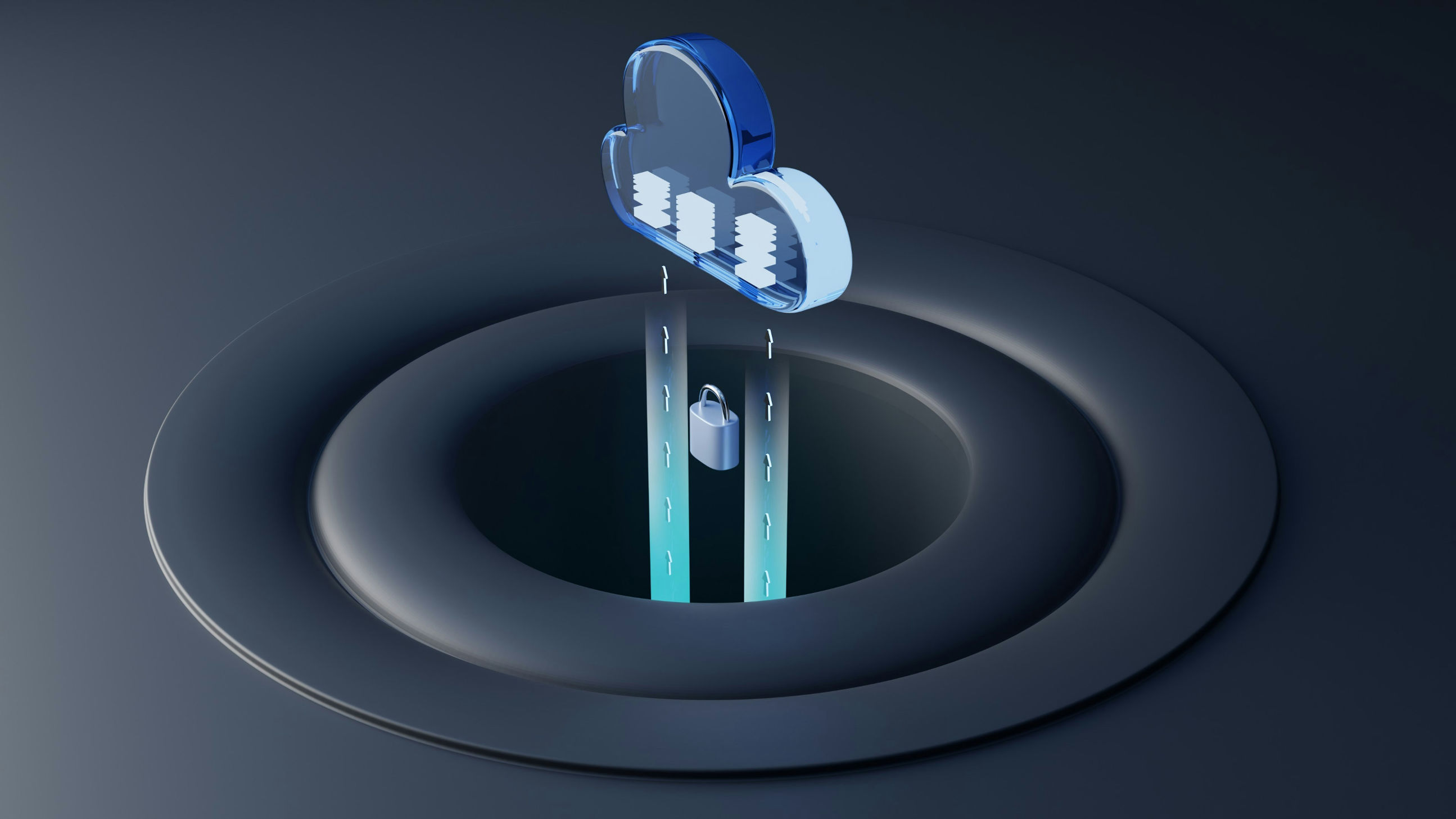 Security Updates
Security UpdatesExploring Managed Cloud Services: A Comprehensive Guide
Dive into the Managed Cloud Services with our in-depth guide. Explore benefits, types, and best practices to enhance your business's cloud strategy...
 Security Updates
Security UpdatesComprehensive Guide to Ubiquitous Computing: Impact & Future
Explore the details of ubiquitous computing, from its core concepts and layers to its societal impact, key technologies, applications, and future p...
 Security Updates
Security UpdatesClone Phishing Explained: Detection and Prevention Guide
Discover how clone phishing works and its impact. Learn effective strategies to identify, prevent, and respond to these sophisticated email threats...
 Security Updates
Security UpdatesHow to Secure Your Business with Cyber Security Insurance
Explore the essentials of Cyber Security Insurance, covering its importance, types of coverage, benefits, and considerations for businesses in the ...
 Security Updates
Security UpdatesEfficient Data Spooling Solutions For Streamlined Operation
Learn How To Efficiently Manage And Store Your Data With Our Reliable Data Spooling Services. Keep Your Information Organized And Accessible With T...
 Security Updates
Security UpdatesMaximizing Compliance & Risk Management: Expert Strategies
Learn how to ensure business success with effective compliance and risk management strategies. Explore definitions, differences, frameworks, and ch...
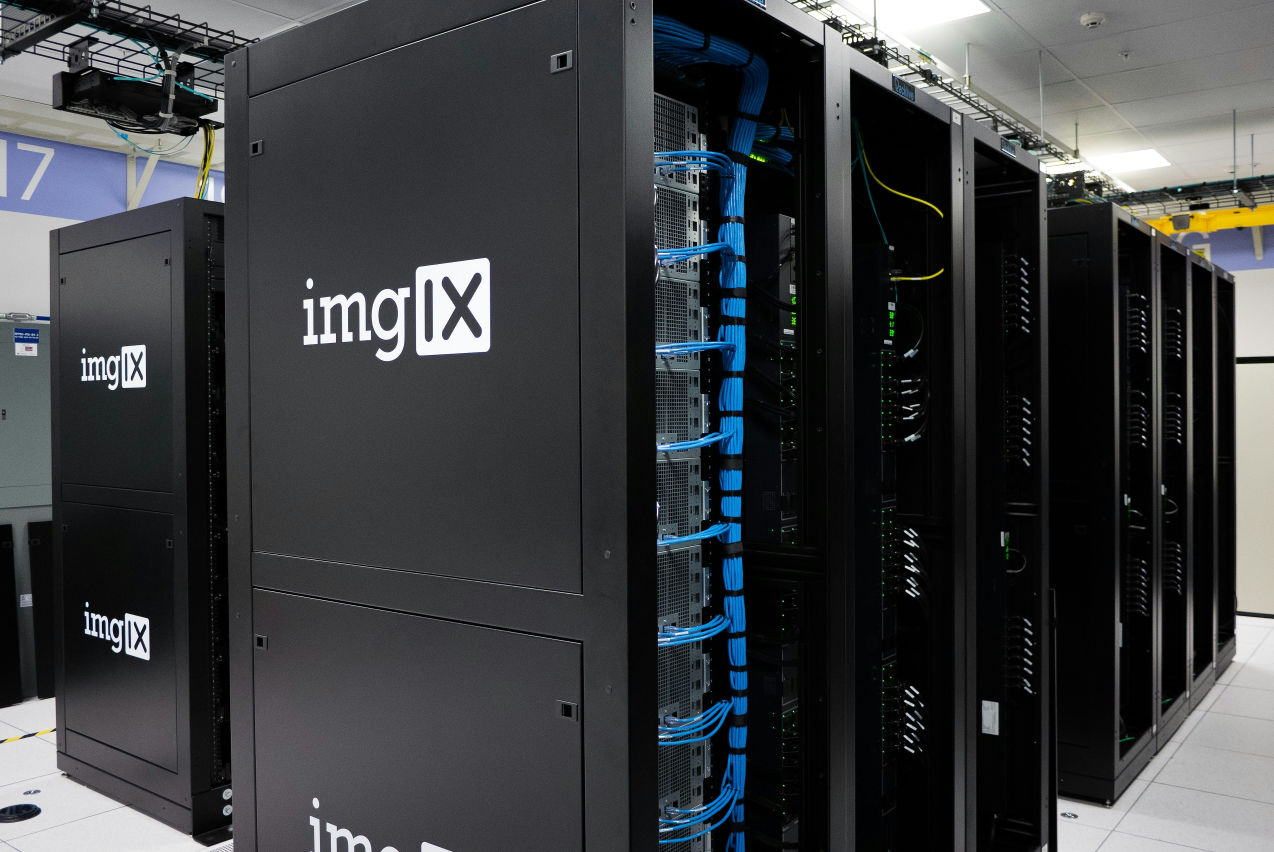 Security Updates
Security UpdatesUnderstanding MDF vs IDF: Key Differences & Benefits
Explore the crucial differences and examples between MDF and IDF in networking, understanding their roles, functions, and impact on network infrast...
 Security Updates
Security UpdatesRedZone Wins CRN's Top Security 100 & MSP 500 Awards 2024
RedZone Technologies earns CRN's Security 100 & MSP 500 Awards, affirming its leadership and innovative approach in the cybersecurity and IT manage...
 Security Updates
Security UpdatesJames Crifasi Speaks on Cybersecurity at Tech Conference
Join James Crifasi, CTO & COO of RedZone Technologies, at the Tech Conference as he explores cybersecurity's role in driving business growth and ad...
 Security Updates
Security UpdatesRedZone's James Crifasi Wins SonicWall's Technical Hero Award
CTO James Crifasi of RedZone Technologies earns SonicWall's Technical Hero of the Year, exemplifying unparalleled dedication to cybersecurity and I...
 Security Updates
Security UpdatesHow to Encrypt Email in Outlook
Learn how to encrypt email in Outlook with our step-by-step guide. Secure your messages using S/MIME, Office 365 Encryption OME, and add-ins for pr...
 Security Updates
Security UpdatesWhat Is Security Monitoring? Importance and Tools
Explore the importance of security monitoring, its key roles, types, and how it protects organizations against threats, ensuring compliance and pro...
 Security Updates
Security UpdatesServer 2012 R2 End of Life: Implications and Next Steps
Learn about Server 2012 R2 end of life: Understand its impact, key dates, risks post-EOL, and explore upgrade options and migration strategies for ...
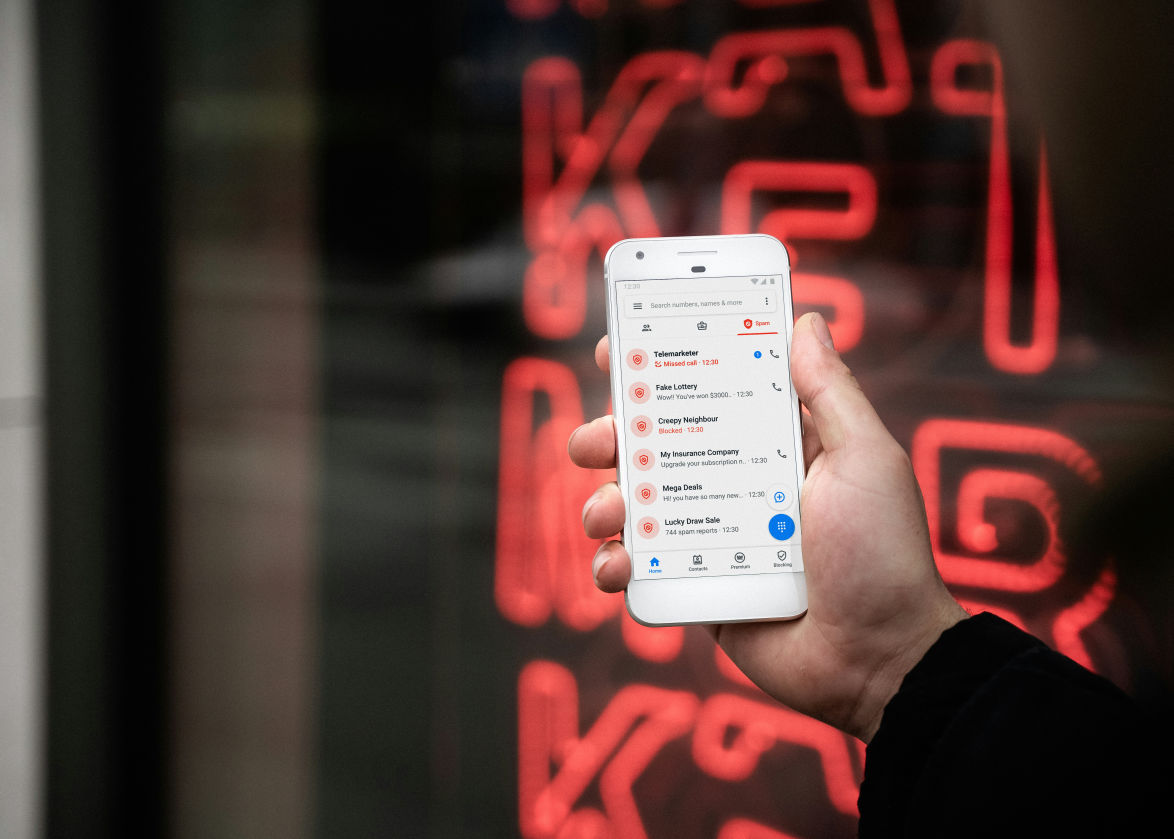 Security Updates
Security UpdatesProtect Personal Data: Smishing and Phishing Prevention
Know how to identify and protect against smishing and phishing attacks. Learn the techniques, types, and preventive measures for personal and busin...
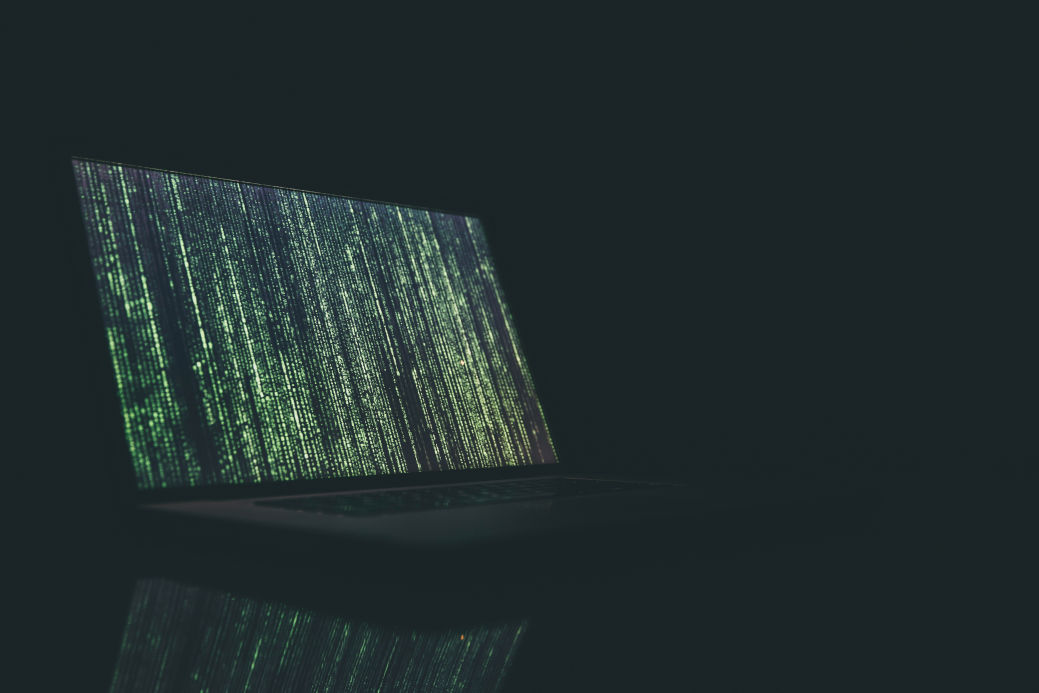 Security Updates
Security UpdatesSmurf Attack Guide: Prevention & Detection Strategies
Explore prevention & recovery from Smurf Attacks: Understand DDoS defense, detection signs, and secure network practices in our detailed cybersecur...
 Security Updates
Security UpdatesWhat is a Bad USB Attack, and How Do You Prevent It?
Learn about Bad USB attacks, their various forms, and strategies for safeguarding devices. Learn how to mitigate risks with effective prevention te...
 Security Updates
Security UpdatesKey Differences Between DOS Attack vs DDOS Attack
Explore the key differences between DDoS vs DoS attacks, their types, impacts, and prevention strategies in our comprehensive guide to enhance cybe...
 Security Updates
Security UpdatesUnderstanding the Impact of a Ping of Death Attack
Explore the ins and outs of Ping of Death attacks. Understand how they work, their impact on networks, and strategies to prevent them to keep your ...
 Security Updates
Security UpdatesThe Power of the Human Firewall: Your First Line of Defense
Discover the critical role of the human firewall in cybersecurity, combining employee vigilance with technology to protect against cyber threats ef...
 Security Updates
Security UpdatesStateful Firewall vs. Stateless Firewalls: What's the Difference?
Learn the key differences between stateful and stateless firewalls and how they protect your network. Discover the right choice for your security n...
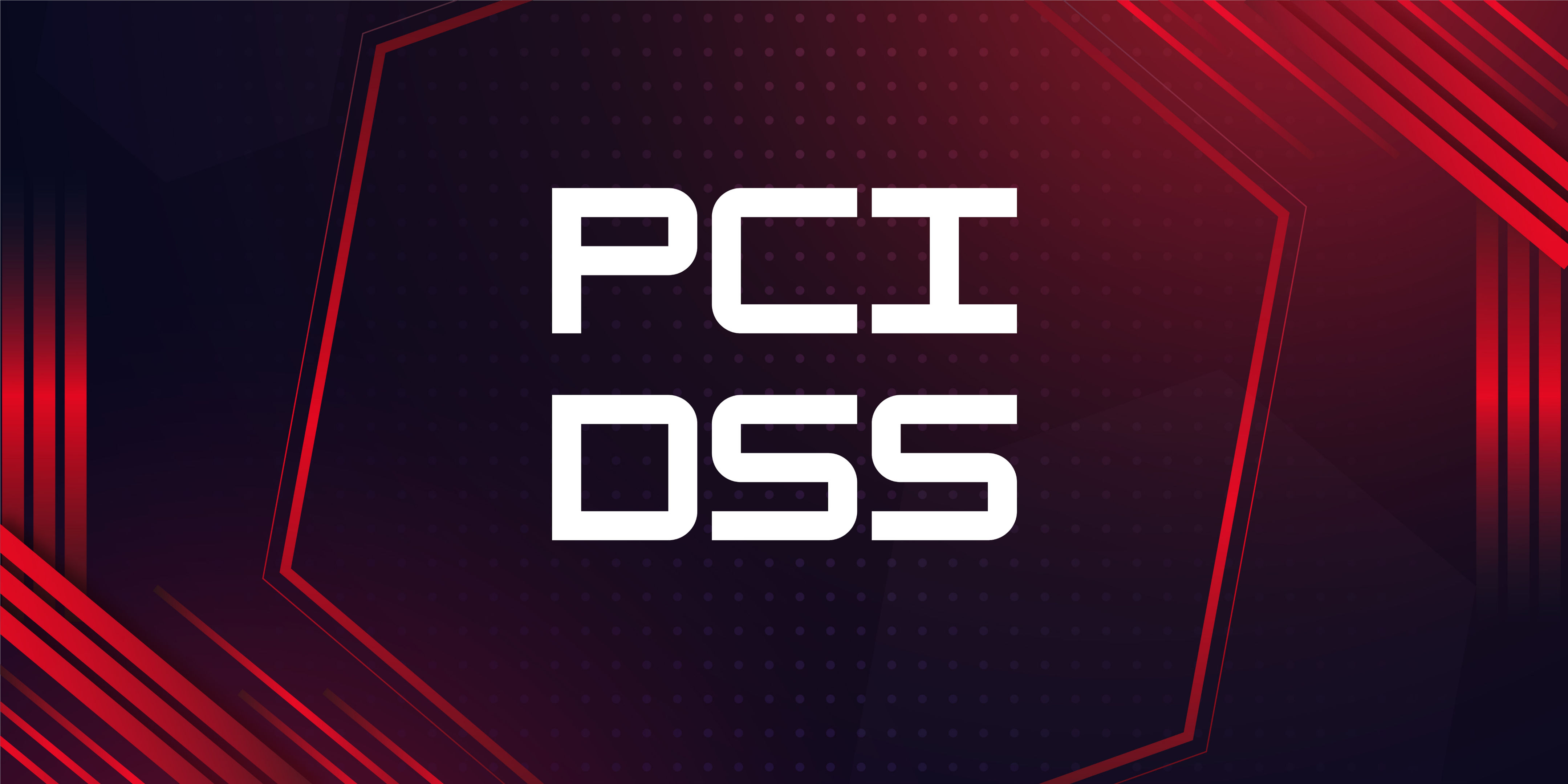 Security Updates
Security UpdatesUnderstanding the 4 Levels of PCI Compliance
Explore PCI DSS Compliance with RedZone: Key steps to protect card data and ensure secure transactions. Learn about compliance levels and tips for ...
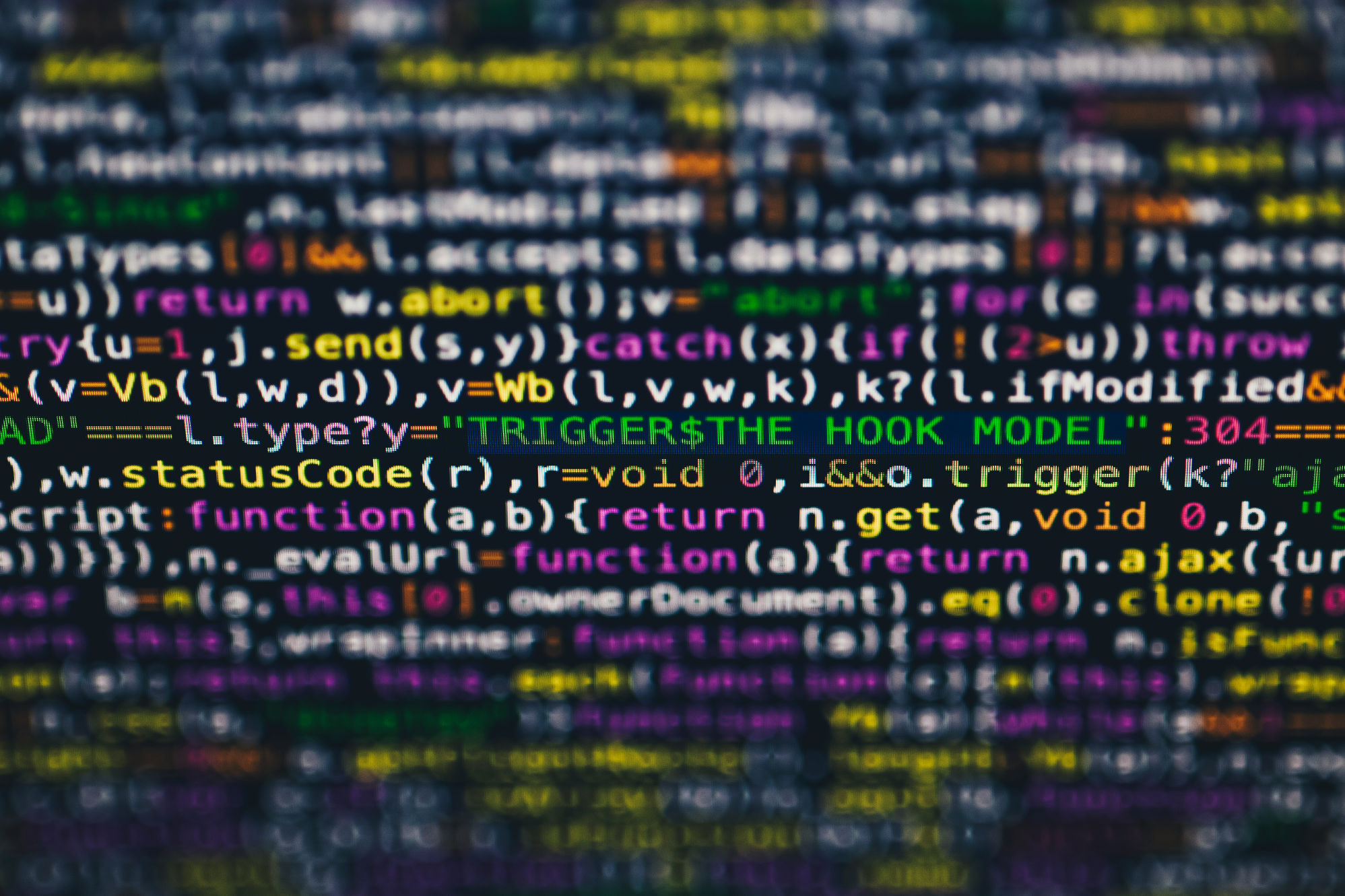 Security Updates
Security UpdatesWhat Is a Security Breach and How to Prevent Them
Learn how to effectively guard your business against security breaches with RedZone Technologies. Discover simple steps to keep your data safe and ...
 Security Updates
Security UpdatesUnderstanding Tailgating in Cybersecurity
Understand tailgating attacks in cybersecurity: what they are, how they work, and effective strategies for prevention to keep your business...
 Security Updates
Security UpdatesWhat is a Managed Service Provider and Its Benefits
Explore the role of Managed Service Providers (MSPs) in enhancing IT efficiency and cybersecurity for businesses, covering benefits, servi...
 Security Updates
Security UpdatesBreach Prevention: 5 Best Practices to Protect Your Data
Learn about data breaches: what they are, their impact, and how to prevent them. Explore best practices for securing your business against cyber th...






